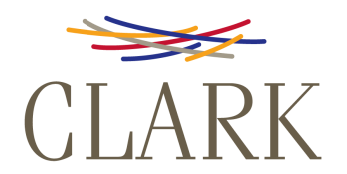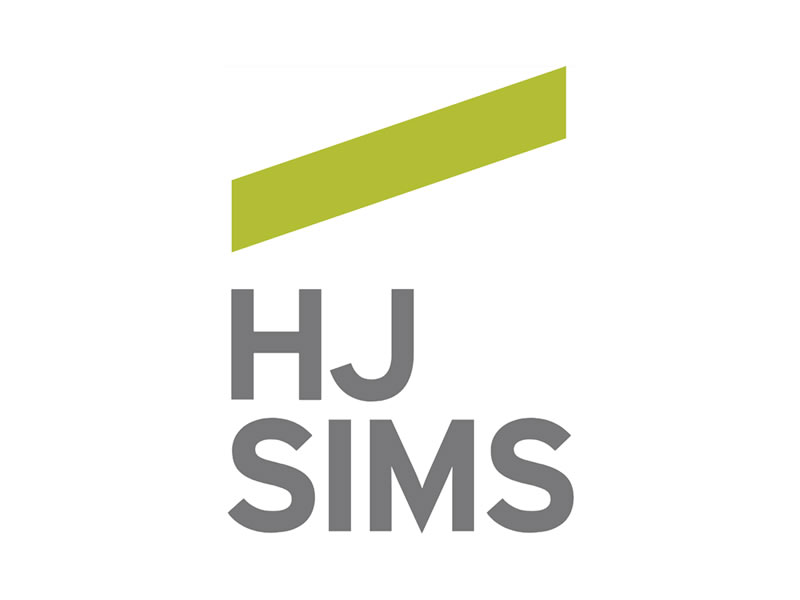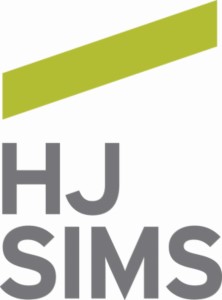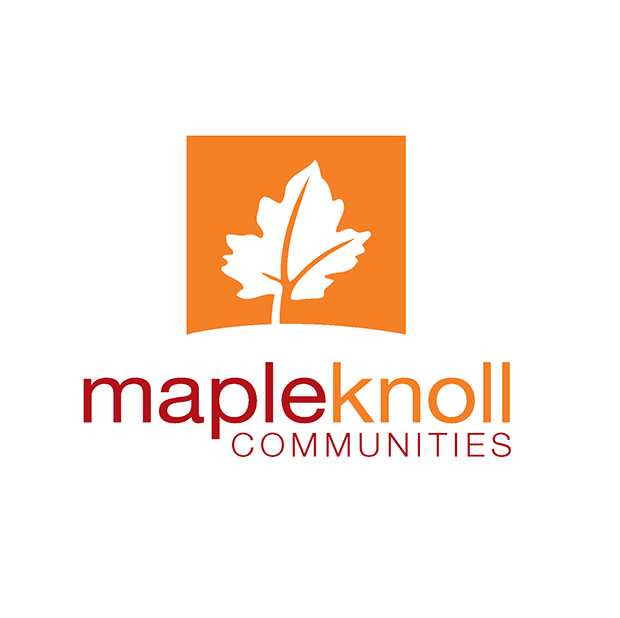“When our Board of Trustees chose HJ Sims to represent Clark in identifying and evaluating potential affiliation partners it was due to two key factors: 1) HJ Sims reputation and experience in working with non-profit, faith based Life Plan Communities through this process and 2) Clark’s ability to work with Lynn Daly. Lynn has consistently demonstrated to me and my Board a willingness to know and embrace our mission, vision and values over the time we have worked with her. She is also honest and frank about the process and how it will work. We are very pleased with the work and support received from HJ Sims and Lynn Daly and we look forward to continuing our relationship with them for years to come.” – Brian Pangle, President/CEO, Clark
Continue readingCalifornia Charter Schools Conference
Mennonite Health Assembly 2022
Plantation Village (November 2021)
HJ Sims Partners with Plantation Village, a life plan community, which opened in 1988 in Wilmington, North Carolina, to Facilitate Approximately $65 Million Hybrid Expansion Financing involving Short-Term and Intermediate-Term Draw Down Bank Debt and Long-Term Fixed Rate Bonds.
Continue readingHJ Sims Market Commentary: Ticking Clocks
The clock was built in 1947 by distinguished American engineers and scientists and it has been ticking away for 75 years now. For the past two years it has been stuck at 100 seconds, an urgent wake-up call meant to tell us how close we may be to destroying our own world.
Continue readingSouthwest Skilled Nursing Borrower (October 2021)
A newly formed venture was under contract to acquire a highly occupied skilled nursing community in the Southwest. The Borrower’s ownership team combined the strength of an experienced local executive management team with a nationally recognized skilled nursing owner and operator.
Continue readingHJ Sims Market Commentary: Effects on January
With seven percent annualized inflation and supply chain woes carrying over from 2021, with our central bank clearly telegraphing the reversal of its decade-long loss insulation efforts, with uncertainty over the next path of a pandemic amongst other woes, it is no wonder that most financial markets are upside down this month.
Continue readingGood Shepherd Village at Endwell (December 2021)
HJ Sims Partners with Good Shepherd Village at Endwell to Refinance Bank-Held Bonds and Provide Funds for Community Improvements. Good Shepherd Village at Endwell, Inc. is a fee-for-service continuing care retirement community located in Endwell, New York approximately 8 miles west of Binghamton consisting of 74 independent living cottages, 80 independent living apartments, 16 assisted living units, 16 memory care units and 32 skilled nursing beds.
Continue readingHJ Sims Market Commentary: The Seventeenth Chair
108 years ago, the Senate compromised with the House and the Federal Reserve Act was signed into law on December 23, 1913. At present, the Banking Committee held re-nomination hearings for Jerome Powell, the seventeenth Fed chairman.
Continue readingCongratulations to Rebecca Beckett on earning her CFP® Certification
Congrats to “Best in Wellness” Winners
Peter Becker Community (July 2021)
HJ Sims Successfully Completes $48.5 Million Refinancing and Expansion Project with 15-year Bank Commitment for Peter Becker Community, a not-for-profit life plan community located on a nearly 100 acre campus in Harleysville, Pennsylvania.
Continue readingHJ Sims Market Commentary: As the Page Turns
A new year began on Saturday and residents on part of the island nation of Kiribati in the Central Pacific were among the first to ring it in and flip the calendar page from 2021 to 2022. Then, hour by hour, the countdowns moves across the world. Finally, 25 hours after it began, 2022 rolled through the last spot on Earth to officially greet the new year.
Continue readingSearstone (October 2021)
HJ Sims Completes $264.6 Million Expansion and Forward Refundings of Four and Nearly Seventeen Months with Long-Time Client, Searstone, Using Fixed-Rate Bonds and Entrance Fee Principal Redemption Bonds
Continue readingHJ Sims Market Commentary: All Tolled, A Wonderful Life
In Year Two of this pandemic, while battling the Delta and Omicron variants, supply and labor shortages, multi decade-high inflation, and uncertainties on so many fronts, a number of organizations have nevertheless managed to celebrate significant milestones. Congratulations to one and all for enduring, thriving, and inspiring millions around the world through service, education and entertainment, in both good and trying times.
Continue readingHJ Sims Market Commentary: Numbers
In the course of the day, thousands of numbers fly through our brains, some random, others not to be forgotten. It is hard to imagine life without numbers but there are reportedly some cultures that lack words for all but the one to three. For those of us who spend most of our day immersed in analyzing financial data, we cannot help but wonder how folks manage to get along without being able to precisely identify and verbalize quantities. How do they build, borrow, grow? Can they live longer and happier if the count is limited to “one”, “two”, and “many”?
Continue readingMaple Knoll Communities (May 2021)
HJ Sims executes complex current and advanced refundings for Maple Knoll Communities in anticipation of a pending affiliation. Maple Knoll Communities is an Ohio not-for-profit corporation that owns and operates two Continuing Care Retirement Communities.
Continue readingBrandermill Woods (October 2021)
HJ Sims Partners with Brandermill Woods, a rental senior living community located outside of Richmond, Virginia, to Generate Cash Flow Savings and Early Debt Repayment via a 15-Year Fully Amortizing Bank Loan Exceeding Client’s Expectations.
Continue readingHJ Sims Market Commentary: Pen-flation
A lot has been written about the pandemic, this hundred-year global plague. We know there is still a lot more ink to flow. No matter our roles, we have all become voracious readers of studies and speculations that have kept us swinging between the states of hope and heartbreak, confused by directives, irritated by extreme claims and flat assurances, tired of the topic but anxious to have all the latest news as soon as it breaks via our phones, TVs, watches, radios, or paperboys.
Continue readingAn Exclusive Investment Opportunity: John Knox Village
HJ Sims is pleased to serve as sole underwriter for John Knox Village, a Life Plan Community located on approximately 65-acres in Pompano Beach, FL. After the completion of the Westlake Tower project, John Knox Village will add an additional 146 independent living units. Upon stabilization, John Knox Village’s campus will offer 790 independent living units and 1,058 units in total.
Continue reading












